Sign up for workout ideas, training advice, reviews of the latest gear and more.

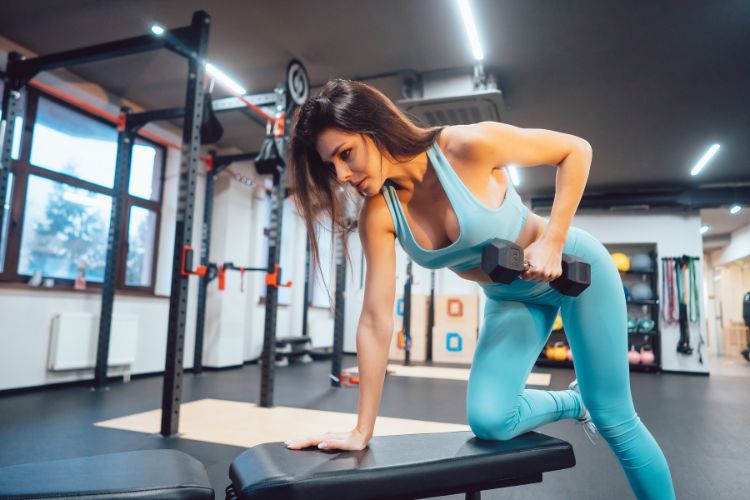
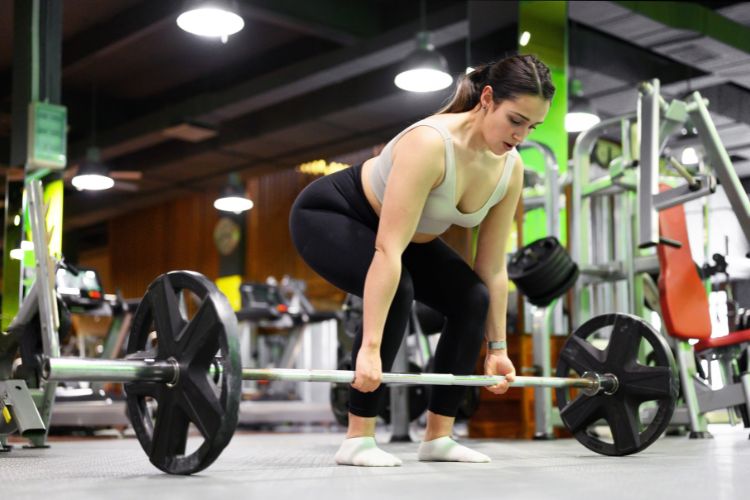
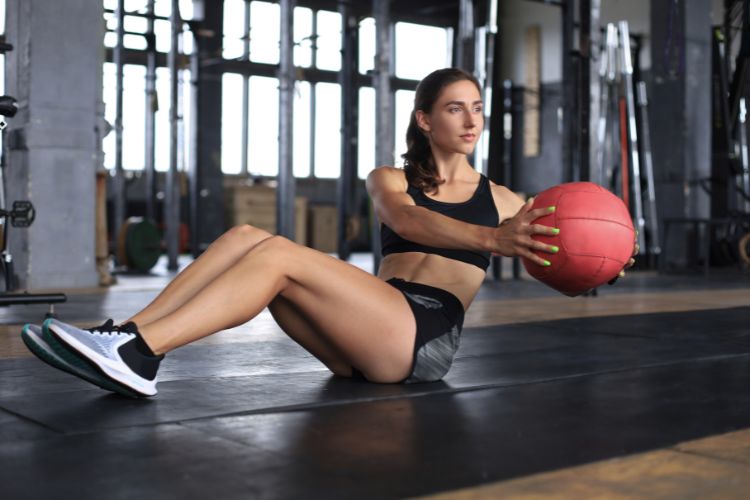
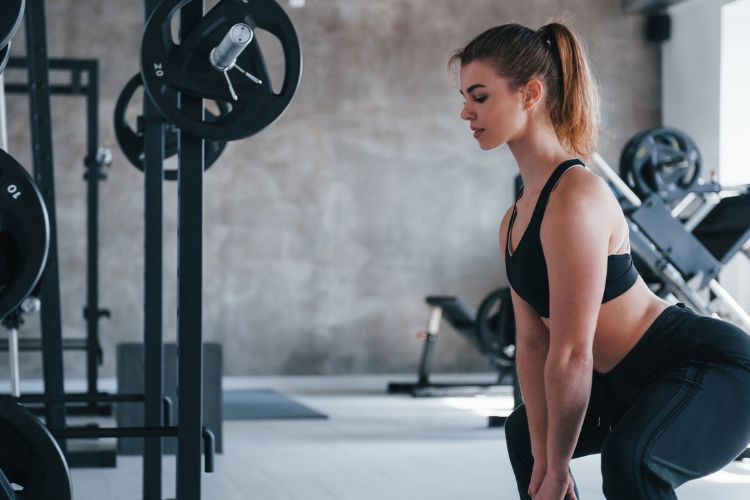
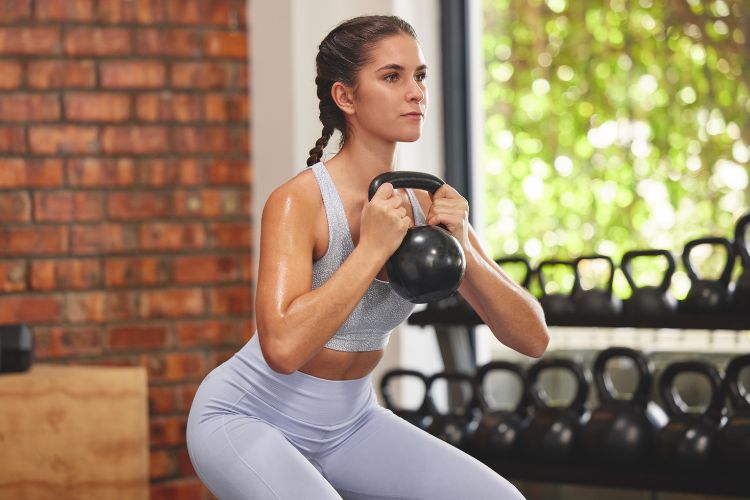
When it comes to building strength, improving endurance, and sculpting a lean, toned physique, kettlebell squat workouts are a game-changer for women. These versatile weights offer a unique combination of cardio and strength training, making them an excellent tool for women of all fitness levels. Whether you’re a beginner or a seasoned athlete, incorporating kettlebell squats into your routine can help you achieve your fitness goals while boosting your confidence.
In this blog post, we’ll dive deep into the benefits of kettlebell squats for women, explore different variations, and provide a step-by-step guide to optimizing your workouts. Let’s get started!
Kettlebell squats are a compound exercise, meaning they engage multiple muscle groups simultaneously. Unlike isolated exercises that target only one area, kettlebell squats work your glutes, quads, hamstrings, core, and even your upper body. This makes them incredibly efficient for women who want to maximize their time in the gym or at home.
The dynamic nature of kettlebell squats elevates your heart rate, turning your strength training session into a cardio workout. This dual benefit helps you burn more calories during and after your workout, making it an excellent choice for women looking to shed fat and improve overall body composition.
Kettlebell squats mimic real-life movements, such as lifting groceries or picking up a child. By strengthening your lower body and core, you’ll improve your posture, balance, and overall functional fitness. This is especially important for women who want to stay strong and independent as they age.
If you’re looking to sculpt your glutes and legs, kettlebell squats are a must. The added weight of the kettlebell increases resistance, helping you build muscle and achieve that toned, athletic look. Plus, the variety of squat variations ensures you’ll never get bored!
There’s something incredibly empowering about lifting weights and mastering challenging movements. Kettlebell squats not only build physical strength but also boost mental resilience and confidence. As you progress and lift heavier kettlebells, you’ll feel a sense of accomplishment that carries over into other areas of your life.
Before diving into kettlebell squat workouts, it’s important to choose the right weight. For beginners, start with a lighter kettlebell (8-12 kg) to focus on proper form and technique. As you build strength and confidence, you can gradually increase the weight.
Here’s a quick guide to help you select the right kettlebell:
Remember, it’s better to start light and focus on form than to risk injury by lifting too heavy too soon.
The goblet squat is one of the most beginner-friendly kettlebell squat variations. It’s perfect for mastering proper squat form while engaging your core and upper body.
How to Do It:
Pro Tip: Focus on keeping your core tight and your back straight throughout the movement.
The sumo squat targets your inner thighs and glutes, making it a great variation for women looking to tone their lower body.
How to Do It:
Pro Tip: Engage your glutes at the top of the movement for an extra burn.
The front squat is a more advanced variation that places greater emphasis on your quads and core.
How to Do It:
Pro Tip: Keep your core tight to maintain balance and stability.
The overhead squat is a challenging variation that improves shoulder mobility, core strength, and overall coordination.
How to Do It:
Pro Tip: Start with a lighter kettlebell and focus on maintaining proper form.
Before diving into your workout, spend 5-10 minutes warming up with dynamic stretches and light cardio. This will prepare your muscles and joints for the movements ahead, reducing the risk of injury.
Proper form is crucial for getting the most out of your kettlebell squats and avoiding injury. Keep your chest up, core tight, and knees tracking over your toes throughout the movement.
To continue seeing progress, gradually increase the weight of your kettlebell or the number of reps and sets. This principle, known as progressive overload, ensures your muscles are constantly challenged.
Don’t be afraid to experiment with different squat variations and workout formats. For example, you can incorporate kettlebell squats into a circuit training routine or pair them with other exercises like lunges and deadlifts.
While it’s important to push yourself, it’s equally important to listen to your body. If you experience pain or discomfort, stop immediately and reassess your form.
Here’s a sample workout that incorporates the kettlebell squat variations we’ve discussed:
Kettlebell squat workouts are a powerful tool for women looking to build strength, tone their bodies, and boost their confidence. By incorporating these exercises into your routine, you’ll not only see physical changes but also experience the mental and emotional benefits of lifting weights.
Remember, consistency is key. Start with lighter weights, focus on proper form, and gradually challenge yourself as you progress. With time and dedication, you’ll be amazed at what you can achieve.
So grab a kettlebell, embrace the burn, and take the first step toward a stronger, healthier, and more confident you!
Stay up to date on the latest women’s health, fitness and lifestyle trends and tips.